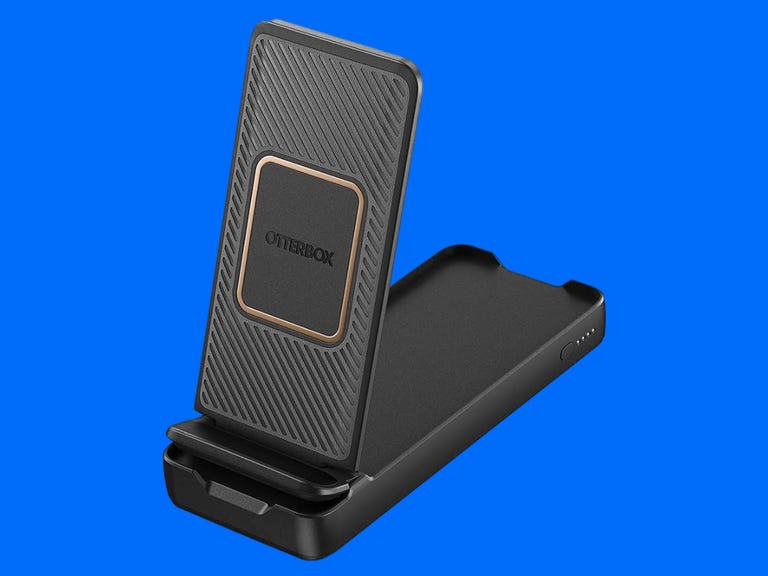 Why You Can Trust CNET
Why You Can Trust CNET
Years of Experience
Hands-on Product Reviewers
Sq. Feet of Lab Space
It’s no secret that most people are spending way more time on their smartphones these days. There’s social media, news, productivity, connecting with loved ones, and the seemingly unavoidable doomscrolling. All this activity can lead to a quickly dwindling battery. And while many Android devices have better battery life than iPhones, they still need a little help from time to time.
If you rely on a battery case to keep your phone running, you’re not alone. Battery cases are convenient, but they have some drawbacks: Some are bulky and heavy, and they can negatively affect wireless reception at times. That’s why nothing beats a dedicated portable charger or power bank that you can store easily and only take out when you absolutely need it. With both wired and wireless models, there’s a slew of options when it comes to keeping your Android device going.
To that end, I’ve rounded up top picks for the best portable charger for Android devices. Though they cost more, I personally like batteries that have an integrated USB-C output built into them so I don’t have to worry about carrying around a charging cable for enough power for my devices. (The models with built-in USB-C cables should also work for iPad Pro devices.) But I’ve also included some budget picks for those who don’t want to shell out as much for portable power and their charging needs. And, while we have a separate power bank roundup for iPhones, anything here without an integrated USB-C cable will work perfectly well with an iPhone (and non-Pro iPad models), so long as you provide the Lightning cable.
Read more: Best Wireless Car Chargers and Mounts for 2023
Infinity Lab is Samsung-owned Harman Kardon’s new accessories subsidiary and I like its InstantGo 5000 and InstantGo 10000 power banks, which come with an integrated USB-C cable for easy charging for iPhones. The larger 10,000-mAh model costs a bit more and is heavier and bulkier, but it can charge most Android smartphones twice. Though the white model is currently unavailable, the black one is in stock.
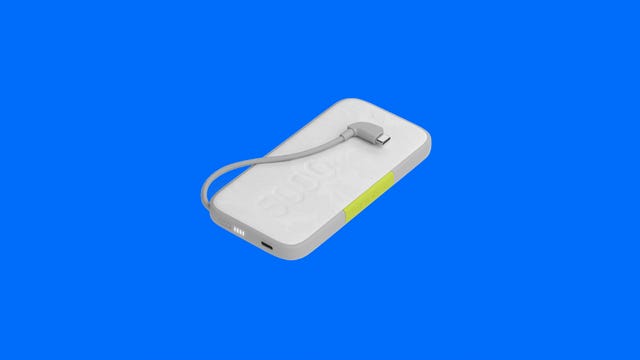
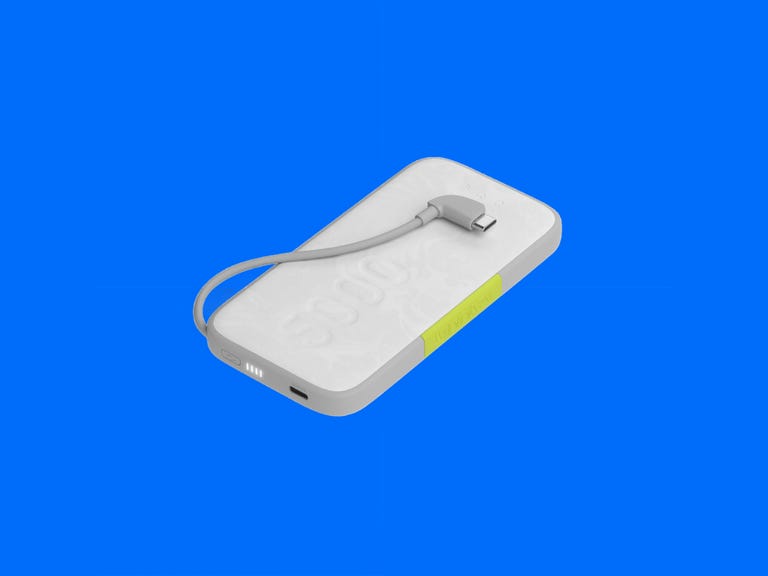
Best dual iPhone and Android portable charger
myCharge Hub 4400
MyCharge’s Hub portable chargers come in a few different sizes and not only have an integrated foldable wall plug but integrated Lightning and USB-C cables, so you can charge both Apple and Android devices. It’s a little bulky, but with a 4,400-mAh battery, it should be able almost fully charge your smartphone, depending on its size.

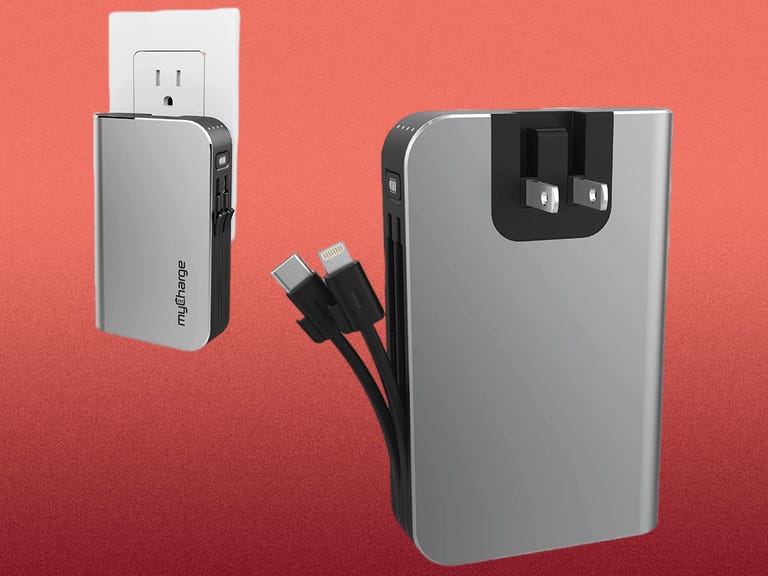
Slim high-capacity battery with USB-C fast charging
Anker 523 PowerCore Slim 10K PD
The Anker 523 PowerCore Slim 10K PD is impressively slim for a 10,000-mAh portable phone charger and has a fast 20-watt USB-C out charging port (it’s also a USB-C input to charge its battery), plus a 12-watt USB-A out port. While the Anker 313 PowerCore Slim 10K is cheaper, the fast USB-C out charging makes spending the extra dough worth it if you have a USB-C to Lightning cable.
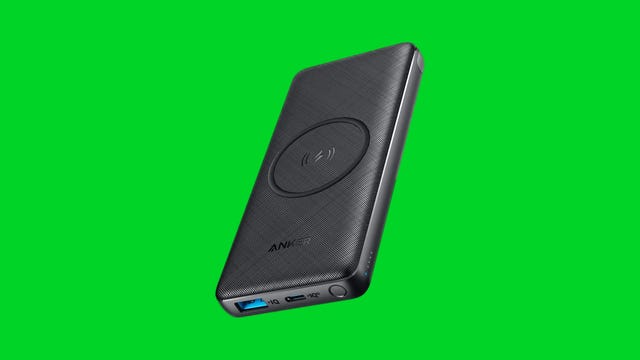
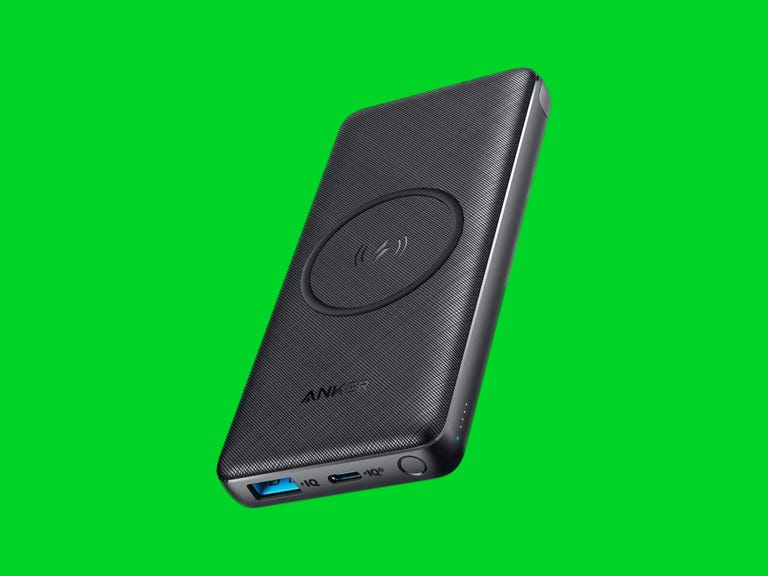
Most versatile portable battery
Anker PowerCore III 10K Portable Charger
The Anker PowerCore III 10K portable charger has fast USB-C out charging (18 watts) as well as a USB-A port and up to 10-watt wireless charging. It’s not magnetic, so your phone won’t stick to it but it will wirelessly charge any Qi-enabled devices.
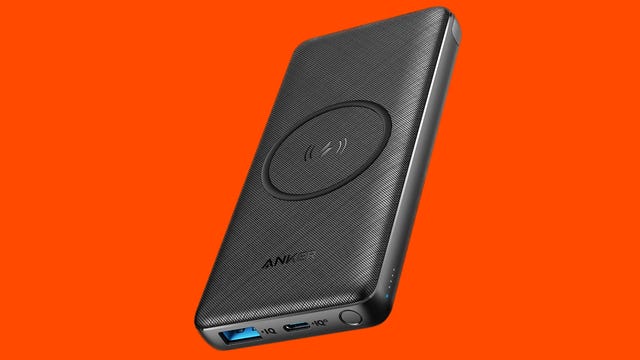
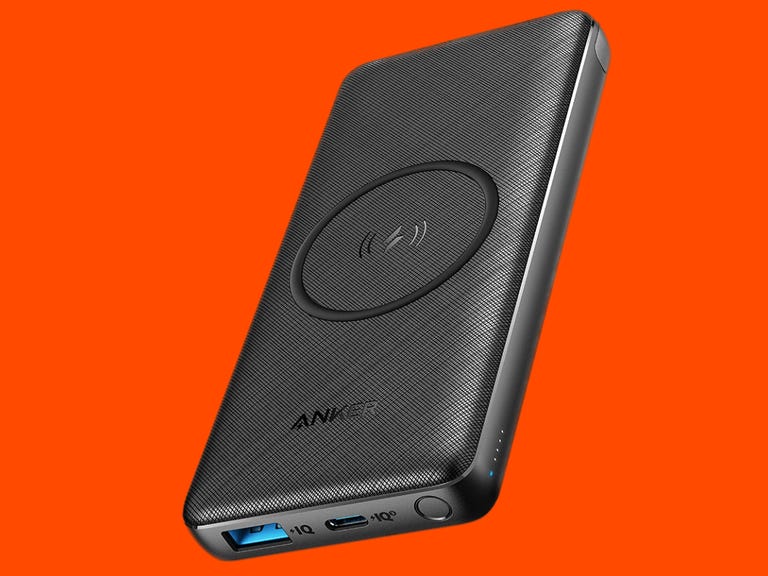
Compact powerbank with fast charging
Mophie Power Station Mini (2022)
If you’re looking for a compact external battery pack for your Android smartphone (or iPhone), Mophie’s pocketable Power Station Mini features a 5,000-mAh internal battery and 20-watt USB-C PD fast charging.
For $20 more, you can pick up the 10,000-mAh version with dual USB-C ports — both come in black or blue colors. Also, note that Zagg, Mophie’s parent company, offers a 20% discount off your first purchase, so that model (it’s simply called the Power Station) is actually $50.
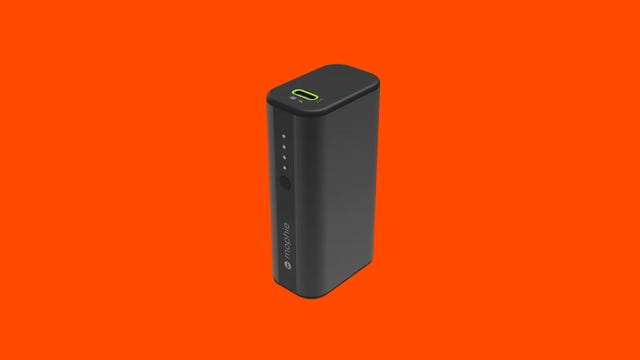
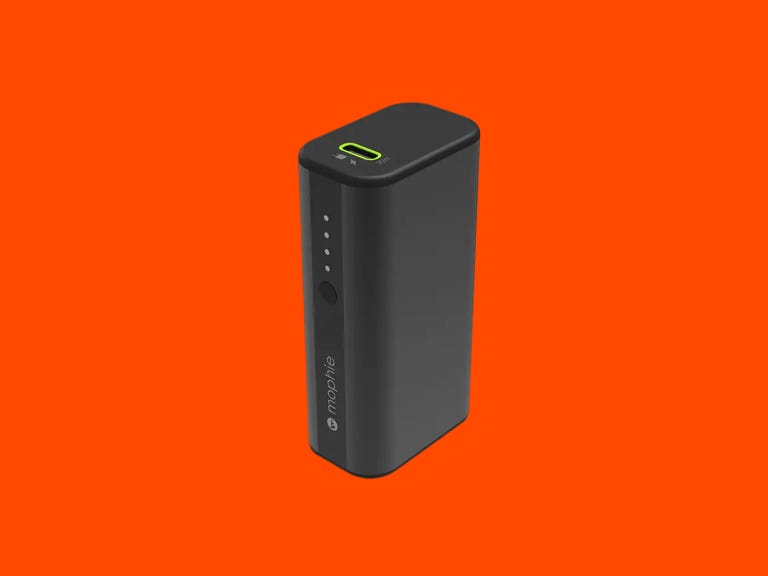
Best power bank that’s also a 65W charger
Anker 733 Power Bank
Thanks to gallium nitride technology, chargers have been getting more powerful while shrinking at the same time. The latest example of that trend is Anker’s new line of GaNPrime chargers with next-generation GaN 3 technology that the company says is even more energy-efficient. The Anker Power Bank 733, which combines a 65-watt charger with a 10,000-mAh portable battery, is part of the new GaNPrime line. It’s pretty compact for what it is and offers two fast-charging USB-C ports and one fast-charging USB-A port. You can charge up to three devices at once, but note that to get a full 65-watt charge for a laptop, you’ll have to plug in just the laptop.
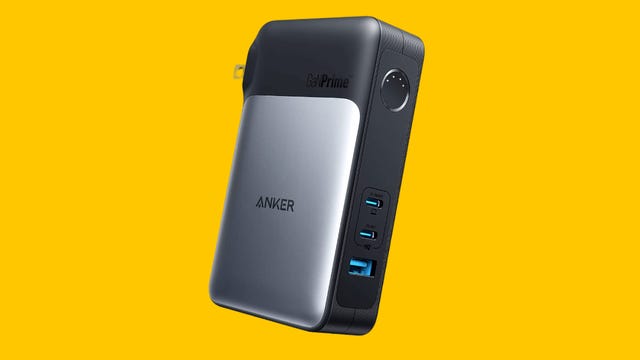
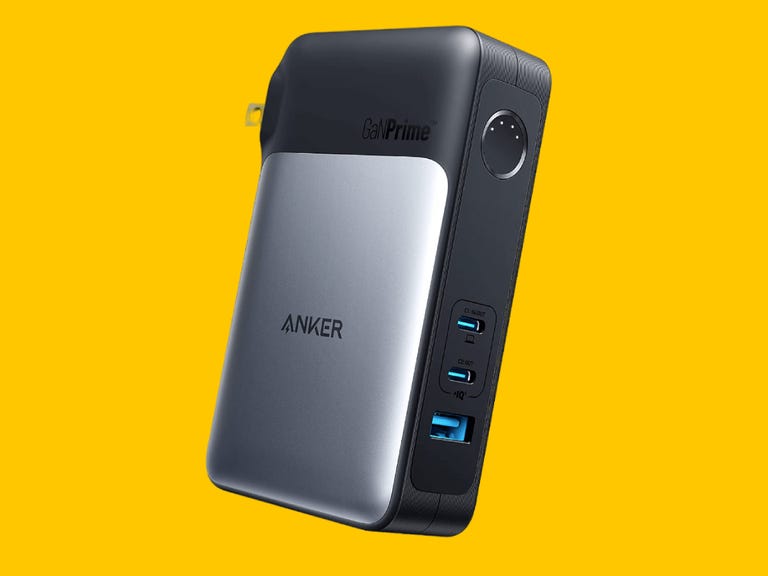
Best value wall charger with built-in battery
Anker PowerCore Fusion Portable Charger
This Anker model is basically an oversized wall charger with a built-in 5,000-mAh battery. It’s got two standard USB charging ports for simultaneously juicing up your phone and a secondary gadget (or two phones). And a little LED indicator on the side lets you check the charge level at the press of a button.
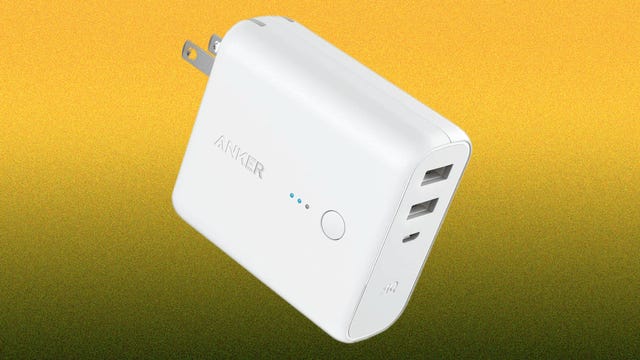
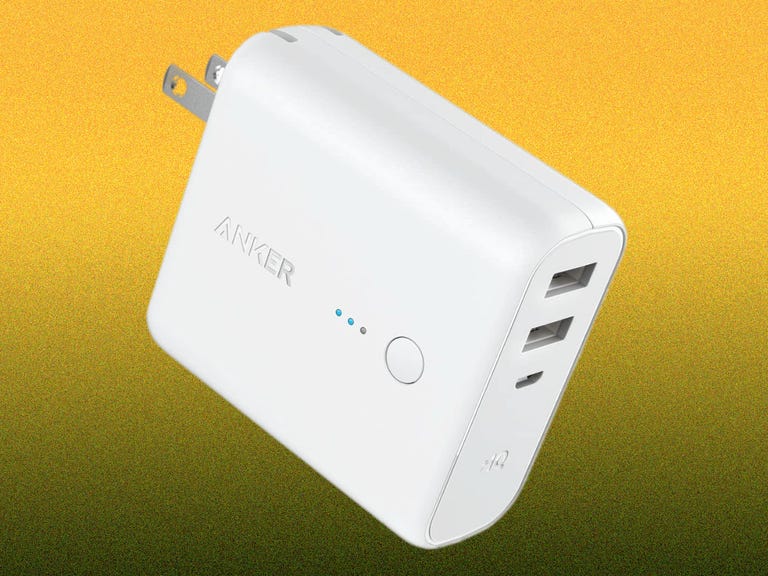
Best magnetic power bank with integrated stand
Anker 622 MagGo magnetic battery
What’s cool about Anker’s 622 magnetic battery is that it’s a wireless battery that has an integrated magnetic flap that converts into a stand. You won’t get fast wireless charging from this 5,000-mAh battery (it charges at up to 7.5 watts) but it’s slim and easy to carry around.
It charges via USB-C and if you use a USB-C to USB-C to charge your Android device (or iPhone), it will charge at a faster rate of 12 watts. That’s not as fast as a 20-watt USB-C power adapter, but it’s faster than the usual 7.5 watts.
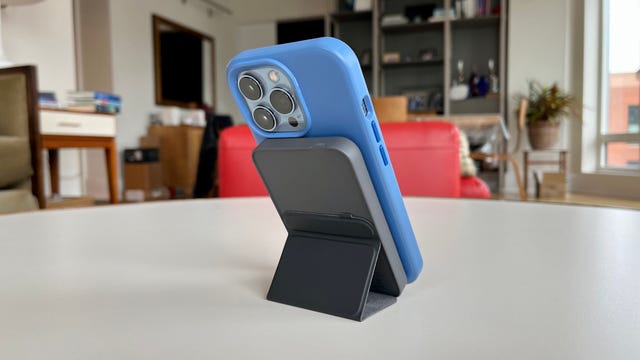
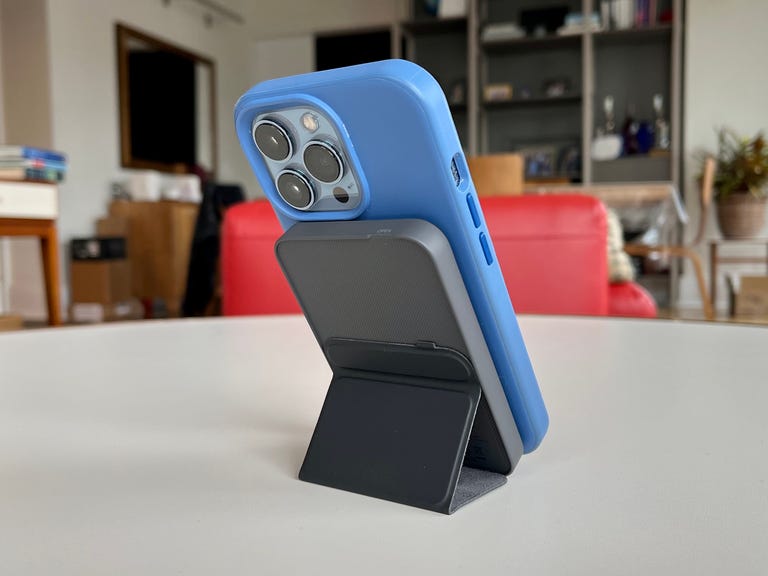
Compact wireless portable charger
Mophie Snap Plus Juice Pack Mini
Mophie’s magnetic power bank is similar to Anker’s but is slightly slimmer (it’s svelte for 5,000-mAh battery) and doesn’t have an integrated flap that converts into a stand. While it’s designed to adhere to the back of MagSafe-enabled iPhone or MagSafe cases, it comes with a “snap adapter” ring to stick onto the back of Android devices so they’ll be magnet-friendly.
Wireless charging speeds appear to be limited to 7.5 watts, but if you need a faster charge, you can connect a USB-C to USB-C cable to bump the speed up to 12 watts.

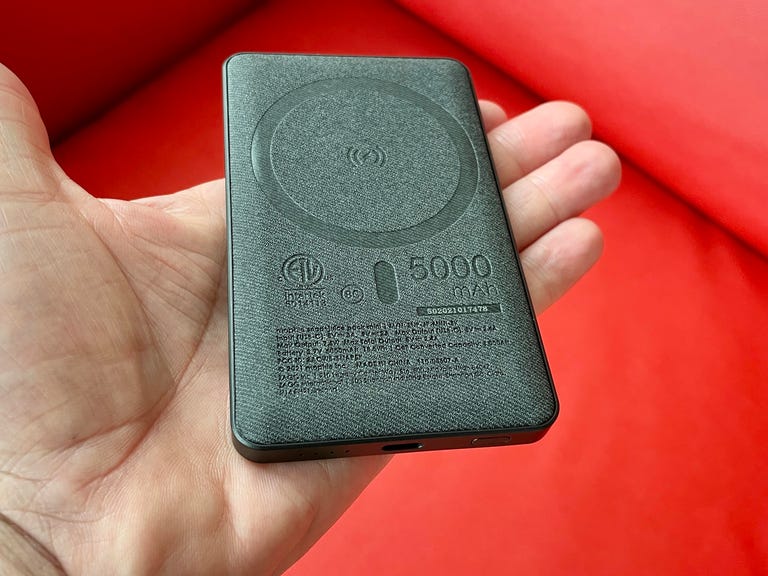
Power bank that converts into wireless charging stand
Otterbox Folding Wireless Power Bank
Otterbox gears its Folding Wireless Power Bank toward those who like to watch movies on their phones or play games with a controller. It has a built-in stand that folds down when you take it on the go. It also has USB-C and USB-A ports that are capable of fast-charging your phone at up to 18 watts. The wireless charging is up to 7.5 watts with the iPhone and 10 watts for Android devices.
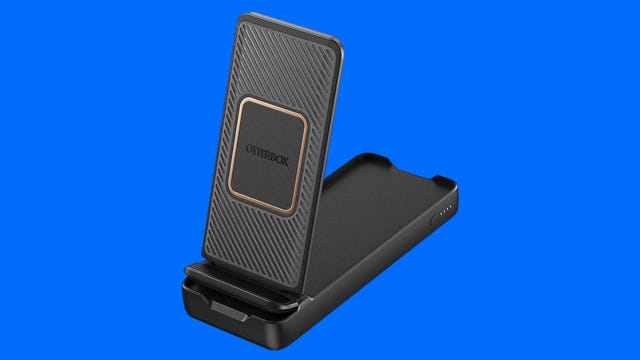
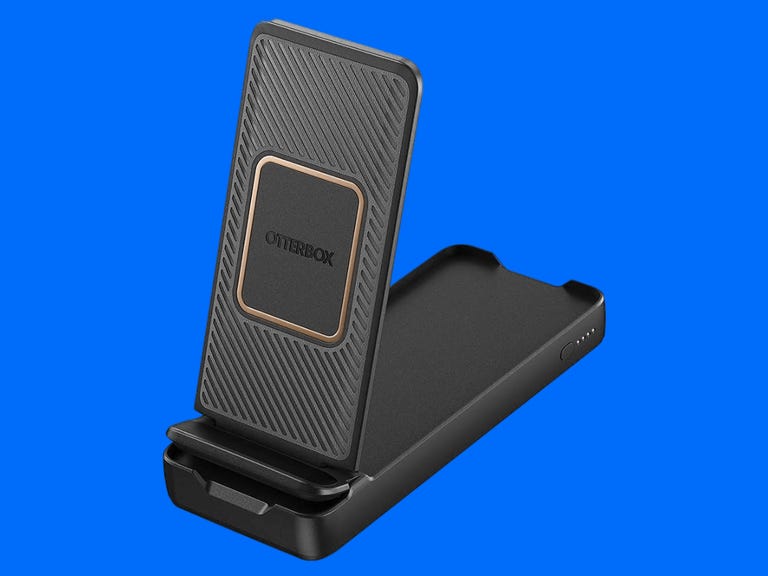
Portable battery packs compared
We used all the models above in recent anecdotal testing. Each battery pack highlighted above are ones we recommend over the dozens if not hundreds of others currently on sale at Amazon and elsewhere, which is why we zeroed in on a handful of favorite brands: Mophie, MyCharge and Anker, with some notable one-offs from Aukey, Ventev, Moshi and Harman Kardon thrown in for good measure.
What to look for in a battery pack
Here are a few things to keep in mind when shopping for a battery pack:
- A higher power rating (mAh, short for milliamp hours) for a battery pack means more charges — but also a heavier weight.
- For the latest Android phones, you should buy a battery with at least a 3,000-mAh capacity, which should give you at least one full charge. With the exception of the Harman Kardon, all the models featured above hit that mark.
- Multiple USB-out ports will let you charge and recharge more than one phone” target=”_blank or device at a time.
- These products all use lithium-ion (li-ion) rechargeable batteries, and should thus always be stored in carry-on luggage when flying. Airlines and regulatory agencies are increasingly banning li-ion batteries in checked baggage.
- A few of the battery pack options above are USB-PD (power delivery) models, which provide faster charging of phones with varying battery capacity and other USB-C products that support fast charging. These PD chargers will charge larger USB-C devices (laptops, Nintendo Switch and the like), as well as USB-C enabled iPad Pros, but sometimes at slower rates than larger-wattage wall chargers.

Tired of Wordle? Try Apple Arcade’s Latest Word Game
If you’re bored with word games like Wordle and want to try a new puzzle game, you should try Apple Arcade’s latest title, Crossword Jam Plus. If you subscribe to Apple Arcade ($5, 5 or AU$8 a month), you can play this game at no additional charge, and without ads or in-app purchases (hence this version being called “Crossword Jam Plus” on the App Store).
This title was developed by PlaySimple Games, which developed other word games like Word Search Explorer and Word Bingo.
Crossword Jam Plus is a cross between a word search and a crossword puzzle. The game gives you a handful of letters and a crossword puzzle, and you have to use the letters to fill out the crossword puzzle. The puzzles start off easy with two and three-letter words, but the puzzles get progressively more difficult as you solve more of them.
As you play, the game’s background shows nature scenes from around the world intended to provide a calming and relaxing atmosphere. Which is good because if you’re like me, sometimes figuring out the final word in a puzzle can be frustrating.
You can access this game, and many others, in Apple Arcade for $5 a month, or $60 annually. You can also try Apple Arcade for free for one month with your first sign-up, or you can get a three-month free trial when you buy a new Apple device. To access Apple Arcade, open the App Store on your iOS device and tap the joystick in the menu bar.

I Tried Out Dall-E 3. The AI Images Are Bolder, More Detailed and More Fun
If you want to inject some new energy into your generative AI images, turning text prompts into zany art, a new option arrived Thursday, as OpenAI released its Dall-E 3 technology to paying customers. The new artificial intelligence model is designed to better understand what your text prompts mean, produce detailed images and sidestep the legally fraught area of aping living artists’ styles.
In my testing, I found Dall-E 3 a big step up from Dall-E 2 from 2022. Images were more vivid, detailed and often entertaining. And they were more convincing, with fewer cases of distracting weirdness. New prompt-amplifying technology can make images more striking, but also sometimes go too far if you don’t want to turn the volume up to 11.
When it first emerged in 2021, Dall-E helped show the world the creative possibilities of artificial intelligence. Months later, OpenAI’s ChatGPT did the same for generative AI that could write poems and paragraphs of prose. With Dall-E 3, the image generation system is embedded directly into ChatGPT.

The technologies sparked an explosion of interest in generative AI, now showcased in the flagship tools from Google, Microsoft, Adobe and a pile of startups. At the same time generative AI has professionals spooked, worried that it’ll be cheaper than humans at jobs like summarizing legal documents and creating video storyboards, it could also help people without those skills get more done.
Dall-E 3 is available to enterprise customers and to those paying $20 a month for OpenAI’s ChatGPT Plus subscription. The technology incorporates the text-processing abilities of ChatGPT and its underlying GPT-4 engine for a better understanding of the text prompts, OpenAI said.
OpenAI’s GPT amps up your text prompts
You can see how the GPT technology spruces up your text prompts. For example, when I typed “electric guitar with a spiky design,” GPT upgraded that to “Illustration of a distinctive electric guitar, where the primary design element is its multitude of spikes. The guitar’s body, neck and headstock are embellished with these sharp features, making it a statement piece for any rock enthusiast.”
It produces a quartet of expanded prompts. If its amped-up versions aren’t to your liking — for example, if you want to dial down GPT’s over-the-top wording amplification — you can steer it in a different direction.

“We are hoping the model will actually be able to understand natural language in a deeper way,” said Gabriel Goh, one of the OpenAI researchers who helped build Dall-E 3. The idea is to take some of the engineering out of prompt engineering, a specialty that’s emerged in technology circles among experts good at entering just the right text to cajole AI systems into producing the desired output. Instead of seeing just a jumble of words, the AI can better interpret phrases and descriptions, for example understanding that you want a mustache on a man in a scene and red hair on a woman.
Also helpful: Following ChatGPT’s more conversational interface, you can request followup refinements like “now add a light green psychedelic background,” and Dall-E 3 will update its previous output.
It worked well for me. For example, when Dall-E went a bit overboard with my request to show some happy worms in a box of compost, I reined it in with the request, “Make the worms a little less manic.”

Dall-E 3 can render tough details correctly
In my tests, I was happier with results in many cases than I was with Adobe’s second-generation Firefly AI for generating images. Adobe offers better controls for tuning your prompts, and it’ll suggest terms to complete a good prompt in an approach related to the OpenAI’s GPT’s text boost, but often Dall-E rendered problem areas better when constructing guitar strings and mountain bike spokes plausibly. Hands are a notorious trouble spot for AI, but Dall-E 3 did well.
The image quality improvements come chiefly from a new AI training session that uses more carefully, accurately labeled photos, Goh said.
It wasn’t perfect. One elephant had five feet, and mountain bike pedals seem impossible for AI to grok. Dall-E 3 sometimes made a giant white halo around a subject and sidestepped the much trickier job of convincingly compositing it with a background. Those worms sometimes had faces on both ends, and they often resided in a wooden box made with the kind of construction you’d only see with a cardboard box.

New work to stop Dall-E abuse problems
With Dall-E 3, OpenAI has expanded its efforts to thwart abuse and other problems, said Sandhini Agarwal, another Dall-E team member.
It already prohibited graphic content like sexual or violent images and blocked efforts to show public figures like politicians. That system is now improved after new human oversight, OpenAI said.
Indeed, when I asked for an image of a construction worker hanging dangerously from a safety cable, the system first created its more elaborate versions of my prompt, then stopped after three out of four images with this message: “I apologize for the oversight. Some of the requested images didn’t adhere to our content policy. As a result, I was unable to generate all the images. Safety and sensitivity are of utmost importance to us.”
Editors’ note: CNET is using an AI engine to help create some stories. For more, see this post.

This Excellent Budget Gaming Monitor Is Over Half Off at Just $170
If you want a budget-friendly yet powerful gaming monitor, this deal on the Acer Nitro is worth considering, giving you access to a high resolution and refresh rate without costing a fortune. While it usually goes for $350, you can grab it from Best Buy at the heavily discounted price of $170. That’s over half off, though we don’t know exactly how long this discount will stick around.
Graphics cards get a lot of the attention when talking gaming setups, but the importance of the monitor can’t be overlooked. The type of monitor you get will ultimately decide what GPU you’ll likely be running.
While the 27-inch Acer Nitro doesn’t run at 4K, but rather at a 2560 x 1440 resolution, it does something much more impressive, hitting a 170Hz refresh rate when the average is often 120-144Hz. That’s excellent for a budget monitor, and if you’re a fan of action-packed games or e-sports, having access to that higher refresh rate will make a big difference. It also has 250 nits of peak brightness which, though not the highest on the market, is perfectly fine for a budget monitor.
As for display technology, gamers will be happy to know that it comes with AMD FreeSync Premium, which helps avoid screen tearing and stuttering issues. The Acer Nitro also supports HDR10.
A few other smaller features that are nice to have are the 20 degrees of tilt and the integrated speakers, which save you from having to get a standalone pair if you’re going for an ultra-budget build. Also, one thing to keep in mind is that the Acer Nitro uses a VA panel, which means darker blacks and better contrast, though it also means generally worse viewing angles. If you’re sat right in front of it, that’s not a dealbreaker.
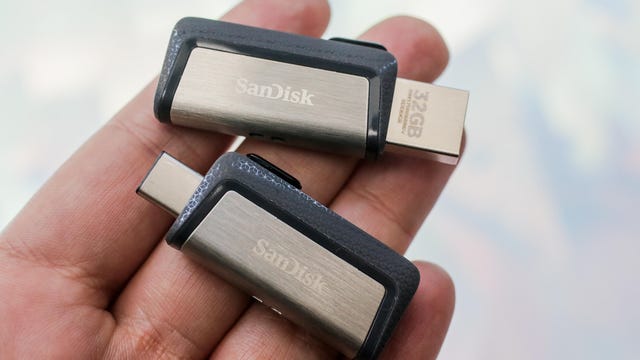
Holiday Gifts and Gadgets That Cost $30 or Less
These days, October is the unofficial kickoff of the holiday shopping season — which is why you’re already seeing early sales like Amazon Prime Big Deal Days. But even without seasonal discounts, there are plenty of inflation-fighting gifts and gadgets that cost $30 or less out there. We’ve collected the best ones available, all of which are things we’d like to give — or receive — during the holidays, or any other time of year.
Note that pricing and availability of the products selected were accurate at time of publication, but both are subject to change without notice. If a price above $30 is shown, check to see if there’s an instant coupon available to get the price lower.

Amazon Is Knocking Almost $800 Off This Stunning 65-Inch Mini-LED TV
There’s no better upgrade to your home theater than a big-screen TV, and this 65-inch TCL model is not only big but also packed with features that make it versatile. While it does usually cost a pretty penny at $1,700, Amazon has massively discounted it down to just $901. While it’s still not a budget TV by any means, you’ll see below why it commands a premium price.
The TCL QM8 implements mini-LED technology, which is similar to traditional LEDs, except it uses millions of tiny LEDs that can be controlled more granularly. That gives the panel a much better overall brightness and contrast ratio while keeping costs down compared to an OLED panel. The image fidelity is also made better by the HDR tech the TCL QM8 supports, including HDR10, HDR10 Plus and HLG. If you’re unfamiliar with that last one, HLG is an HDR standard used by some broadcasters, especially in sports, so if you love watching them, you’ll be able to see them in HDR, a nifty feature.
Another thing that makes the TCL QM8 an excellent TV for action-packed content is the 120Hz base refresh rate. More frames mean a smoother overall experience, and unlike motion smoothening technology, having a high base refresh rate doesn’t give a strange feel that puts some people off. The higher base refresh rate also makes this an excellent TV if you’re gaming on the PlayStation 5, Xbox Series X or a high-end gaming PC.
As for the smart TV platform, the TCL QM8 uses Google TV, which is excellent if you’re in the Google ecosystem, although you can change that by grabbing a streaming device from another brand. And if you feel that the TCL QM8 is still a bit too pricey, there are some other great TV deals you can check out.
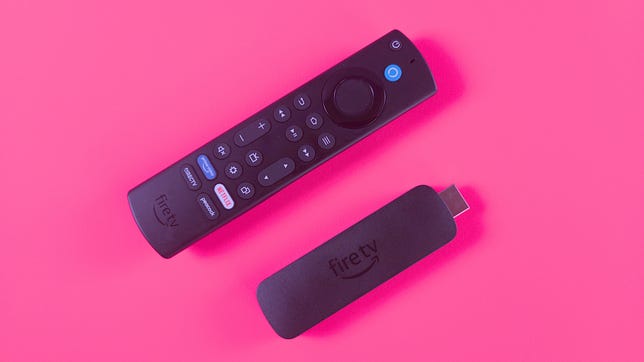
Amazon Fire TV Stick 4K Max (2023) Review: Amazon’s Best Streamer Picks Up New Tricks
The Amazon Fire TV 4K Stick Max (2nd Gen) name brings to mind an episode of The Simpsons where an “evil” Bill Gates wants to buy out Homer’s technology company because, even though he doesn’t know what it does, he doesn’t want any competition. The name of that company? Compu-Global-Hyper-Mega-Net.
Mouthful of a name aside, at $60 the new Amazon Fire TV 4K Stick Max (2nd Gen) is still one of the easiest and relatively inexpensive ways to get into streaming. Like most Fire TV models, it offers tight integration with many of Amazon’s products as well as the Alexa voice assistant. The stick includes all of the video niceties you’d want, too, including 4K Ultra HD and Dolby Vision, plus a new Ambient mode that can check on when your deliveries are coming.
While it’s not an essential upgrade from its predecessor — it’s only a slight uptick in terms of specs — the 2023 update is a great option for people who have an Alexa smart home. Or, for those who are looking to add Amazon-centric streaming to their living room setup.
The new Max (no relation to HBO)
This streaming successor to the original Fire TV 4K Stick Max was announced in September, but it’s only a slight bump in terms of features and processing power. It comes with a quad-core 2GHz processor (up from 1.8GHz), and a wireless uptick from Wi-Fi 6 to 6E, which means the device can use the newly freed 6Ghz spectrum. In addition, the Max now has 16GB of memory, which is double that of the new Fire Stick 4K.
The other feature of note, and why you’d probably be most interested in this over the Stick 4K, is the new Ambient experience. First appearing on the company’s 2022 Omni TVs, the mode includes new wallpapers and a series of widgets that appear while you’re not actively watching your screen. The widgets include weather, calendar, live TV, music, smart home, notes, what to watch, recipes and deliveries.
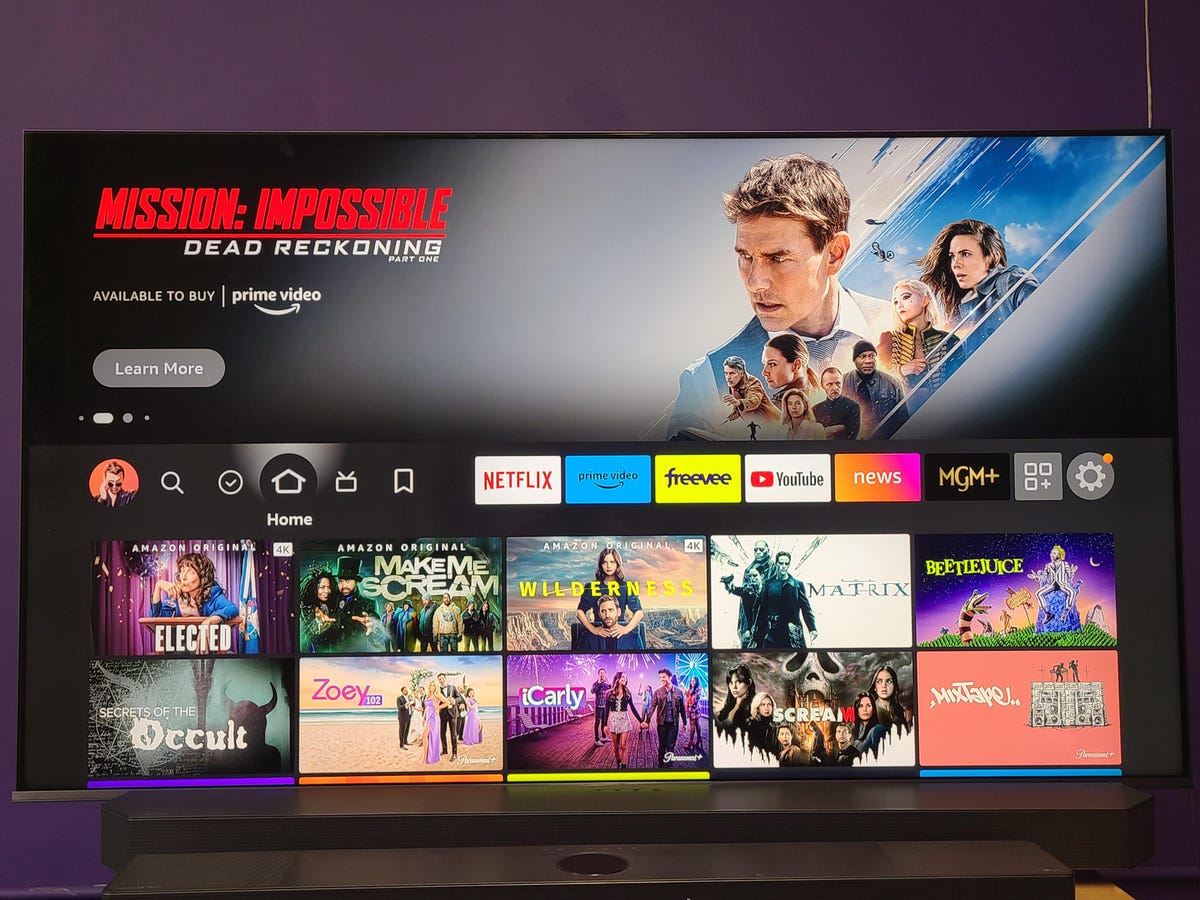
While I’m on the topic of screens, the Fire TV interface has had quite the makeover itself since we last looked at the Max. In comparison, the Roku interface has remained the same for years, while Apple TV had a slight upgrade with TVOS 17. Yet, the trend is toward a more dock-like appearance that both the Fire TV interface and the Xbox interface have incorporated. Back in his review of the original Max, CNET’s Eli Blumenthal asked for “a tab to quickly see all your apps and channels”, which has since manifested as a small dock at the center of the screen. This strip incorporates shortcuts to popular streaming services which are configurable, and an icon that opens up the app drawer.
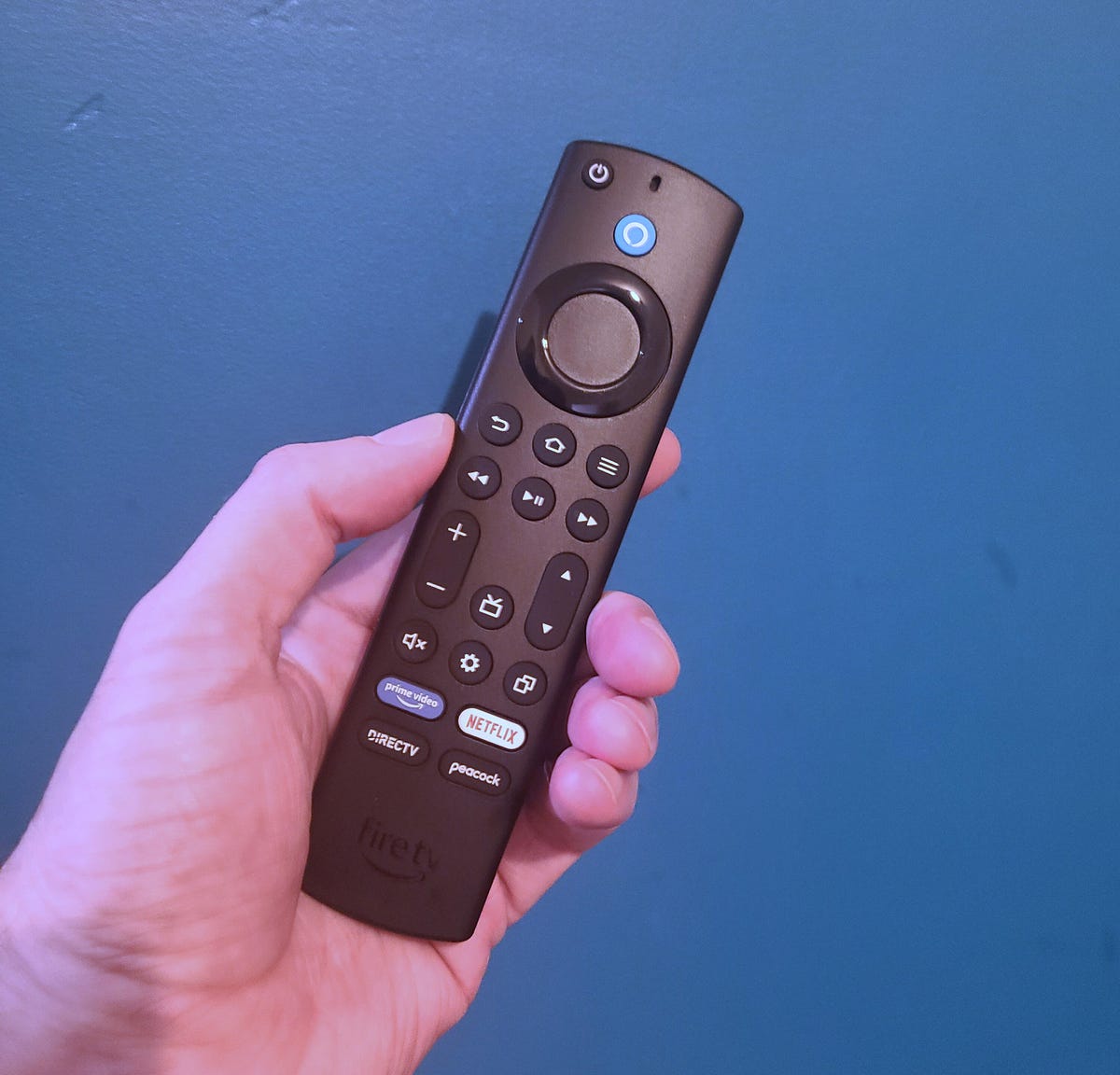
Lastly, the Max includes what has to be my least favorite remote with its squishy, crowded buttons. But at least the Home button has a nub on it to assist navigation without looking. This is a voice remote, and it has an Alexa button for voice commands. It’s lagging in the charging department though, using the old-school micro USB connection, especially when competitor Google has long since moved to USB-C.
The Ambient experience

The TL:DR of the Ambient experience: It’s not worth buying a whole new stick for. The widgets are kind of useful, however, and I especially liked the Deliveries tab for tracking Amazon purchases, though some people may still prefer to check their phones.
In terms of the weather app, I was surprised it is stuck in Fahrenheit, even if you want to know the temperature in Celsius (if you’re an expat like me). Obviously, this is going to be less of an issue for most Americans.
In general use, I found I got everything I could want from a Fire TV 4K stick with its Dolby Vision support, smooth navigation and quick app loading. With such a small specs increase it’s unlikely anyone will notice the difference between the original model, though we weren’t able to test them directly against each other. I even did a little bit of cloud gaming using Amazon’s Luna service, and it worked well, even though the Luna catalog is quite limited for $10 a month. If you don’t like the Fire TV interface’s inclination to promote other Amazon shows or products, then you may be disappointed to see it continues on the updated Max.
The competition
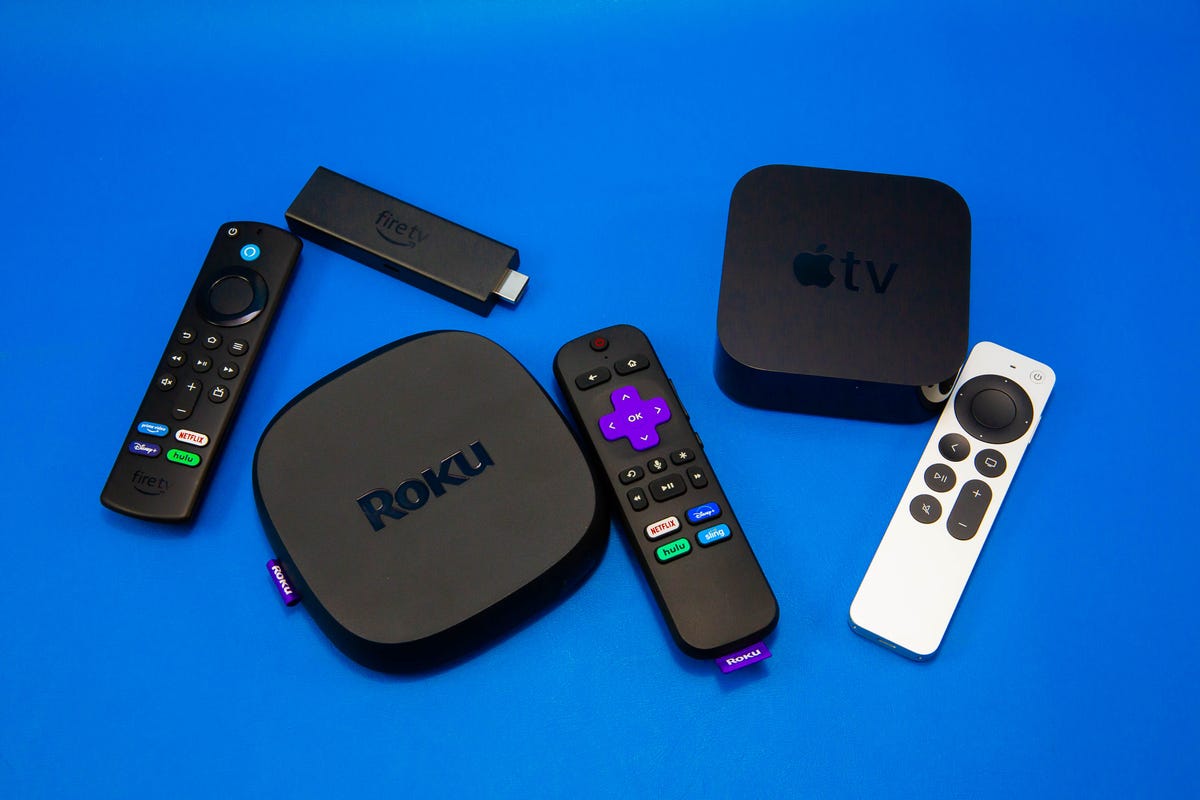
If you want to know what the best streamer is for the money, it’s still the Roku Streaming Stick 4K. To that end, Roku successfully took the sting out of the new Max announcement with its Amazon-only bundle of the Streaming Stick and the Voice Remote Pro for $50. At a price that’s $5 less than the Max, the Roku offers a much better remote and a virtually identical set of apps, minus the gaming.
But the Google Chromecast with Google TV is also worth a look, especially for people with Google smart devices, as it also has voice control and a solid remote control.
For the ultimate experience though, the Apple TV 4K is an excellent streamer, especially if you want a device with enough horsepower for gaming including streaming Steam Link from a local PC.
Should you buy it?
With its specs bump and new mode, the second-gen Max is now, by default if nothing else, the best Fire TV stick that Amazon makes. But this comes with a number of caveats.
More so than other companies, Amazon’s devices tend to stick around after they’ve been discontinued. Sometimes for years. In the case of the Echo Dot, for example, this meant you could still buy a fourth-gen Dot with a 3.5mm output for connecting to a speaker system, which the fifth-gen model doesn’t have. This likely means you’ll be able to buy either a first- or second-gen Max for some time to come, but the differences aren’t as stark as with the Dot.
If you want a brand new Fire TV stick, and you have the choice between the two versions, there’s no real reason to seek out the original. The handful of extra features in the 2023 update are worth having for only $5 more.
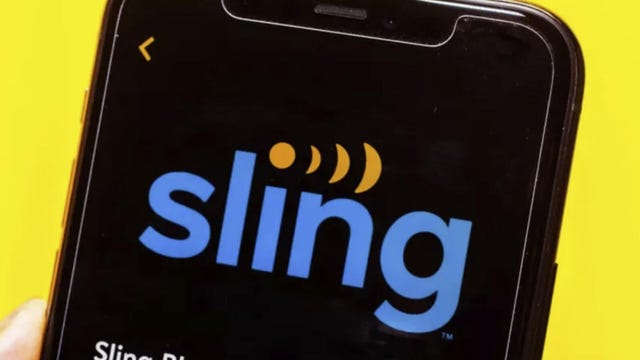
Thursday Night Football: How to Watch, Stream Jaguars vs. Saints Tonight on Prime Video or Twitch
The 4-2 Jacksonville Jaguars are back on US soil after playing back-to-back weeks in London. They won both games across the pond but at a cost. Quarterback Trevor Lawrence suffered a knee injury in last week’s win, but hopes to play Thursday night against the New Orleans Saints. The 3-3 Saints have dropped three of their last four games but remain very much alive in the lackluster NFC South.
Kickoff for the Jags-Saints game on Thursday Night Football is set for 8:15 p.m. ET (5:15 p.m. PT) tonight with the game streaming nationally on Prime Video and for free on Twitch.

Keep reading to see your options for watching Thursday Night Football on Prime Video, Twitch, NFL Plus and — if you live in the home markets of the Jaguars or Saints — a local network channel.
With YouTube and YouTube TV now the exclusive home of NFL Sunday Ticket, along with games also streaming on Paramount Plus, Peacock and ESPN Plus, there’s lots for NFL fans to keep track of this season. Check out our picks for the best live TV streaming services for NFL fans in 2023.
TNF streaming: Prime Video, Twitch and NFL Plus
Thursday Night Football games are streamed nationally on Amazon Prime Video, giving NFL fans more incentive than free two-day shipping to sign up for an Amazon Prime account, which costs $15 a month or $139 a year. You can also subscribe only to Prime Video for $9 a month.
Fans in the local market of each team playing on Thursday night will be able to watch on an over-the-air station, while those who don’t pay for either of Amazon’s services can watch for free on Prime Video’s Twitch channel. (Twitch is also owned by Amazon.)
If you subscribe to NFL Plus, the league’s $7-per-month streaming service (or $15 a month with Red Zone included), you can also stream the game without subscribing to Prime or Prime Video. Note that NFL Plus viewing is limited to watching on just a phone or tablet, not on a computer or TV.
Can I watch Thursday Night Football on local TV?
Yes, you can, if you live in the local market of either of the teams playing on Thursday. For this week, that’s WFOX Fox 30 in Jacksonville and WDSU NBC 6 New Orleans. There are two ways to watch local channels on your TV. The first is with a live TV streaming service. And the second is with an over-the-air antenna, if you live in an area that has good reception.
All five of the live TV streaming services carry NBC and Fox, but not every service carries every local network, so check each one using the links below to make sure it carries NBC or Fox in your particular area.
All the live TV streaming services above offer free trials, allow you to cancel anytime and require a solid internet connection. Looking for more information? Check out our live TV streaming services guide.

Bambu Lab A1 Mini Combo 3D Printer Review: Color Printing at a Fantastic Price
The $459 ( 409, AU$749) A1 Mini Combo from Bambu Lab shouldn’t be as good as it is for a number of reasons, but those reasons melt away when you play with it. Bambu Lab said it would never make a 3D printer like this and instead made one of the best laser-focused machines I’ve seen in a while.
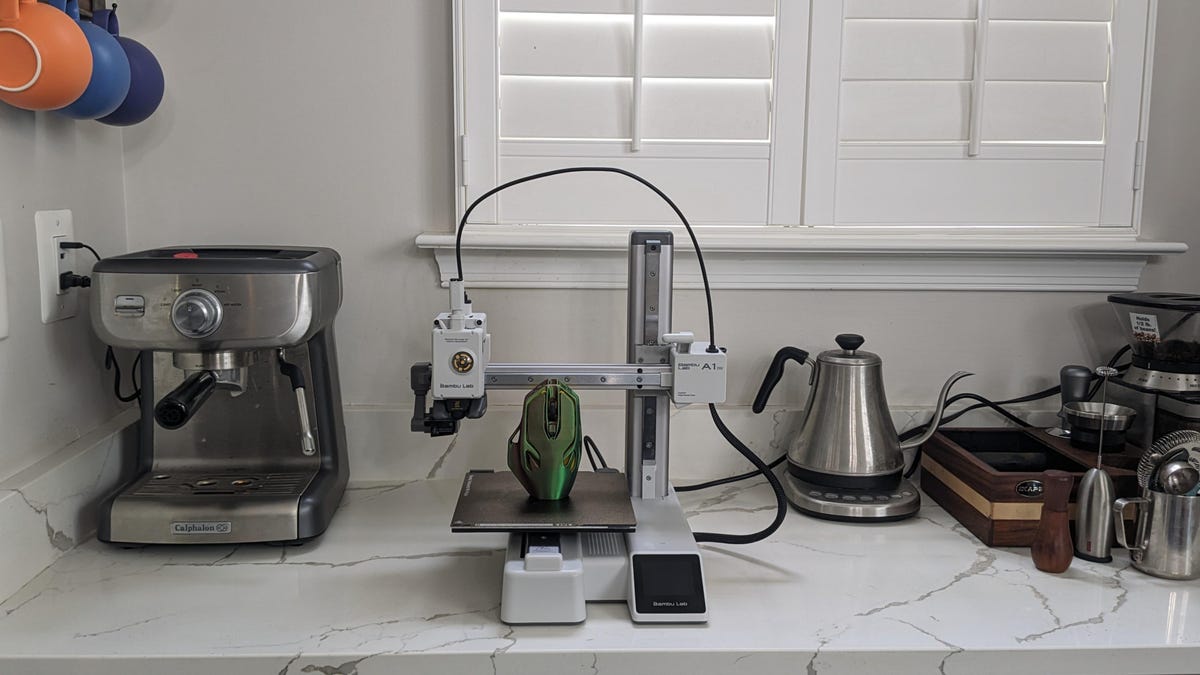
The A1 Mini has a specific audience, and it’s not the hardcore 3D printing community or even the casual 3D printing hobbyist who has one machine working and one always being repaired. This printer is designed for people who’ve never used a 3D printer and don’t care about the journey, only the end result.
To that end, setting up the printer and the AMS color system was as easy as setting up a traditional paper printer. Everything slotted into place easily and was color-coded, making the instructions easy to follow. It might look a little daunting once it’s put together, there are a lot of tubes, after all, but I had the entire system printing a model in less than 5 minutes. Even if you had never touched a 3D printer before, I think the installation could be done in 10 minutes max.

The software setup is just as easy, with an app for your PC for slicing and a mobile app for on the go. The mobile app is handy for monitoring prints — just the push notifications when a print is done are so helpful — and both have access to Makerworld, Bambu Lab’s repository of 3D models. From there, you can download models directly from your phone and send them straight to your printer. No PC required.
Note: I’m still not sold on Makerworld as a safe environment for creators or users. I know several excellent artists who aren’t currently on Makerworld but who’ve had their work stolen and uploaded to the site. There are reports of fake accounts that look like the artist but aren’t. Until this is addressed in a more meaningful way, I would still recommend using printables, thangs, or myminifactory to find 3D models that you can print with the artist’s permission.
Bambu Lab A1 Mini Combo
| Build Volume | 180x180x180 |
|---|---|
| Hot end | Swappable |
| Extruder type | Direct Drive AMS (Color system) |
| Nozzle diameter | 0.4mm |
| Nozzle max temperature | 300C |
| Build plate max temperature | 80C |
| Official max speed | 500mm/s |
| Supported material | PLA, PETG, TPU, PVA |
| Auto bed leveling | Yes |
| Filament Run out sensor | Yes |
| Connectivity | Wi-Fi, app-enabled |
| Time-lapse camera | Yes |
| Slicer | Bambu Slicer |
While the build plate is smaller, just 180 by 180 by 180mm, this isn’t a limiting factor. The Prusa Mini, one of the best budget 3D printers, and many other beginner machines have used this size for entry-level machines, and it works well. The idea of a printer this size is to entice people into the hobby in the hopes they will expand their horizons for something bigger, like the P1S, also from Bambu Lab. This transition would be easier if the AMS Lite was compatible across machines.
Bambu chose to make the AMS lite only compatible with the A1 Mini, however, and not the P1P, X1 Carbon or P1S. All those machines use the standard AMS system, not the AMS Lite, so if you were looking to upgrade from the A1 Mini to a larger machine, you would have to pay the $900 for a P1S/AMS combo, for example, instead of using your existing AMS machine and only paying $600 for the P1S.
The AMS Lite — Automatic Material Management System — is what really makes the A1 Mini stand out. For $459 ( 409, AU$749) you get the A1 Mini 3D printer and the AMS lite, a separate device that feeds four different rolls of material into the A1 Mini. This means you can print multiple colors at the same time, something almost completely unheard of at this price. As you can tell from the cute panda that comes on the SD Card, it can produce some stunning results with very little effort.

The quality can’t be ignored
This cute little panda is not a one-off success, either. I’ve printed dozens of models at this point, just over 100 hours of printing and everyone, not including the outright failures, looks excellent, with even layer lines and sharp details. The CNET test print showed very few issues on overhangs or bridging, and there was no ringing at all. The spires, which indicate how well the part-cooling fan works, were a little wobbly. And there was some stringing — wispy strands of melted filament — but not enough to detract from the overall quality.
Printing on PLA and PETG worked equally as well, and the quality of both materials is excellent. TPU didn’t work well at all through the AMS, though it worked fine through the single-line feed on the A1 Mini. The A1 has a direct drive extruder, so it’s compatible with TPU, though TPU is generally harder to work with. While Bambu does say that the A1 will print ABS, the bed only reaches 80C, not the recommended 100C, so it’s likely to fail a lot.
Bambu Lab touts the A1 Mini’s top speed at 500mm/s, the same max printing speed as all of its other printers, but in real-world testing, it was much closer to 180mm/s if you want a quality finish. The speed will depend on the model and material, but I found 180mm/s to be the sweet spot between speed and quality. To be clear, 180mm/s is faster than other printers of this size, most of which print at around 40 to 60mm/s. It just isn’t the 500mm/s advertised.
Using multiple colors adds a layer of complication to any print, so you can expect more failures, and it does create a lot of waste. Each time you change the color on a print, the machine has to purge the filament so you don’t get mixed colors. This creates waste colloquially known as “bambu poop.” This waste can become a significant issue, and you should try to collect the different types of materials separately. There are companies out there that will take your waste and recycle it, but not if you have mixed PLA and PETG, for example.

The Bambu poop positioning also highlights the footprint issue with the A1 Mini. For a printer of its size, it takes up a lot of room. While the printer itself is only 347 by 315 by 365 mm, it takes up far more space than that when you factor in the AMS Lite and the need for a tray to collect the waste. Overall, the width you need for all three parts is a significant 750mm or nearly 3 feet.
That’s a huge footprint for a printer whose build area is just 180mm across. It’s almost twice as wide as the P1S (386mm wide), a printer with a 256 by 256mm print bed. You can put the AMS Lite behind the A1 or maybe above it, but wherever you put it, the footprint is something you need to factor in. It’s also worth noting that the AMS lite can be a little wobbly, so you can’t just put it anywhere. It will need to be stable.

A gift to get you started
In my latest commentary about 3D printing in the future, I said this about the A1 mini: “Bambu Lab has clearly made the A1 with a complete beginner in mind. You need no prior knowledge of 3D printing to work it, and no need to learn about the inner workings if you don’t want to.”
To that end, Bambu has added a mystery gift to each A1 Mini you buy. It could be four different things, but my review unit came with what I think is the best one: a wireless mouse kit.
The small box comes with everything you need to make a wireless mouse except all the 3D-printed parts. To get those, you scan a QR code on the box with the Bambu app, which opens the files inside Makerworld. From there, a few simple button clicks to choose your printer and what colors you want, and everything will start printing. One of the hardest things about using a new product for the first time is figuring out where to start. These mystery gifts remove that problem by giving you a full-blown project to work on immediately, with a tangible and fun result at the end. I love it.

The A1 Mini Combo isn’t a perfect 3D printer by any means, and for someone like me, who is immersed in 3D printing every day and has used dozens of different machines, it’s not something I would buy. It isn’t for me, though; it’s for the next group of 3D printing users. Those people aren’t looking for complicated kits that show them how 3D printing works; they’re after a good end result with minimal fuss. The A1 can give them that if they have room for it on the counter.
There is a granularity to the A1 mini ecosystem that shows us what 3D printing might be in the future. It’s a fun little machine that “just works.” And if you are new to the hobby, that’s all you want.
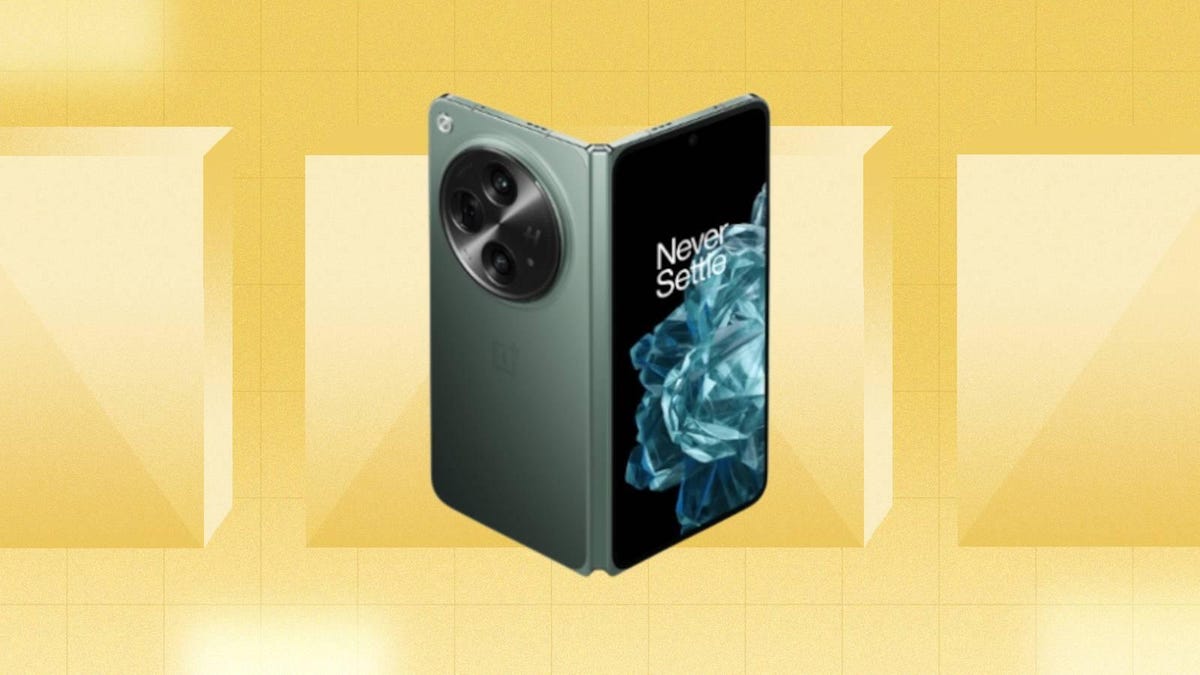
CNET Readers Can Get an Extra $50 Off the OnePlus Open With This Exclusive Deal
Foldable phones are all the rage right now, and one OnePlus has decided to join the competition with its latest release. The brand’s first foldable phone will launch Oct. 26, but preorders for the OnePlus Open have already begun. There are plenty of sizeable preorder deals available now and CNET readers looking to score this new foldable device can get $50 off the OnePlus Open when you preorder from OnePlus directly and use promo code CNET50 at checkout. This offer is available now through Oct. 31.
Pricing for this new foldable starts at $1,700, but OnePlus is offering $200 off preorders when you trade in any phone, which knocks the price down to $1,500 — and with this exclusive deal, you’ll get an extra $50 off, dropping the price to $1,450. And if your device is fairly new, you can sweeten the deal even further. Right now the company is offering up to $1,000 off with enhanced trade-in credit, with the latest iPhones scoring the largest discounts.
That’s not all — OnePlus is also throwing in a pair of OnePlus Buds Pro 2 as part of its preorder deals, along with six months of 100GB Google One cloud storage and three months of YouTube Premium for new subscribers — absolutely free.
This phone comes quipped with the Snapdragon 8 Gen 2 processor — which can also be found in its flagship OnePlus 11, which scored a spot on our roundup of the best phones to buy. It also has an impressive 16GB of RAM and 512GB of storage, a solid battery life and a 7.8-inch 2K AMOLED internal display. In terms of color variants, OnePlus lets you choose from either Emerald Dusk or Voyager Black.
